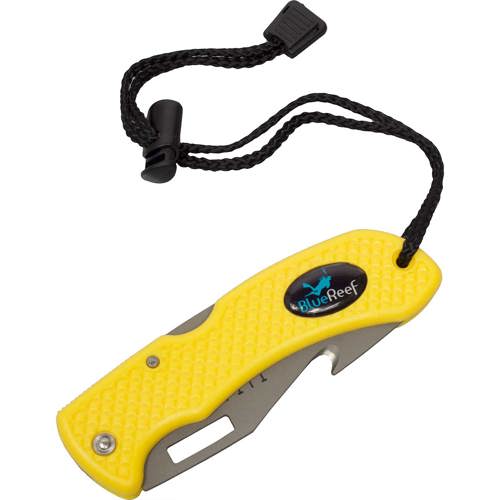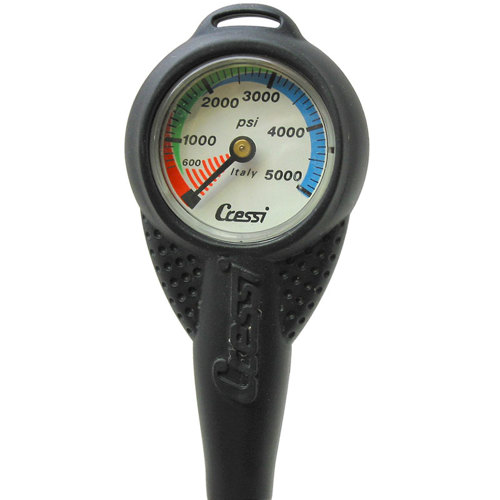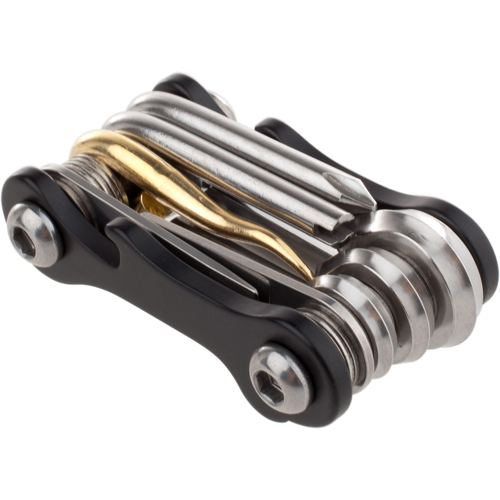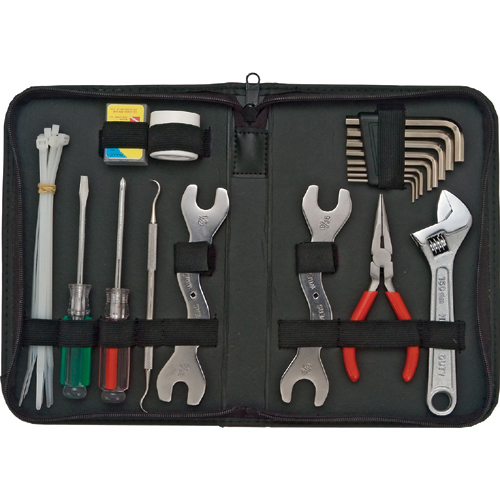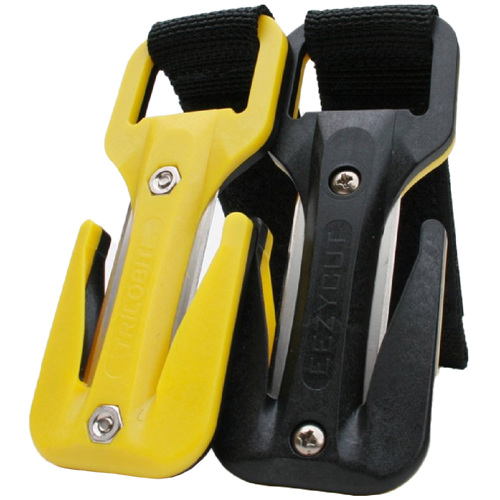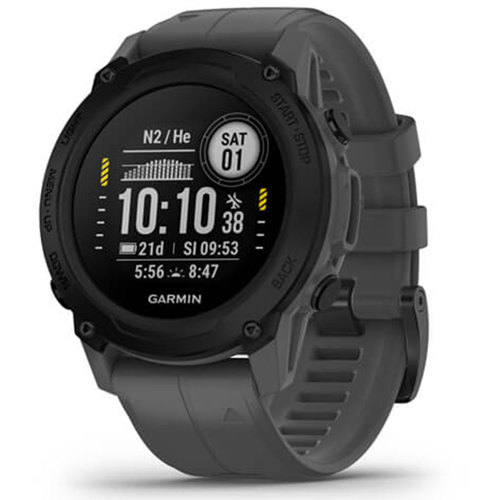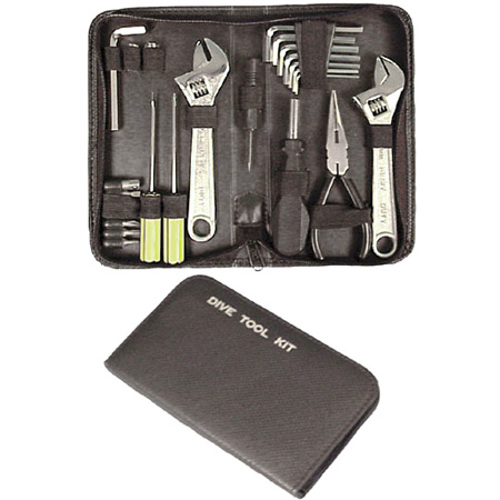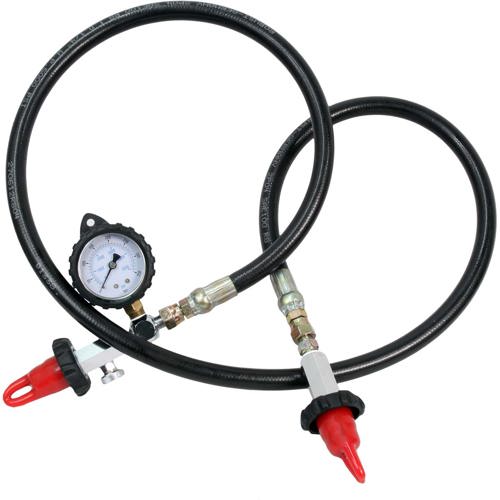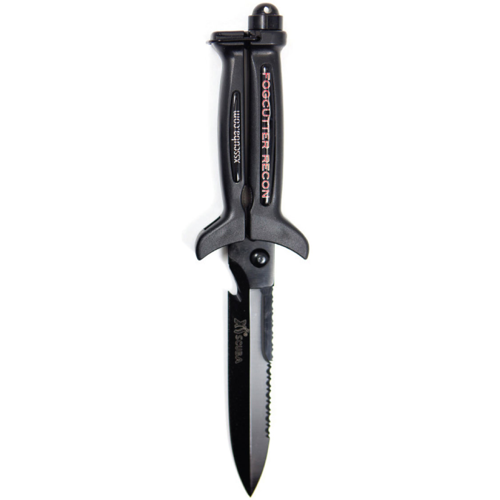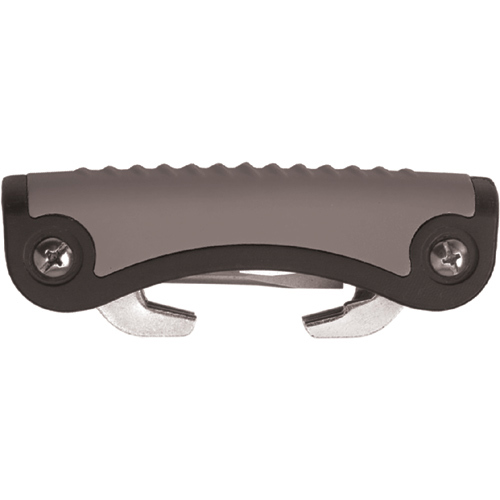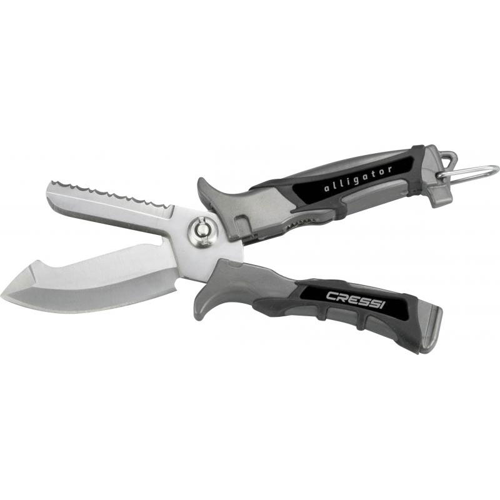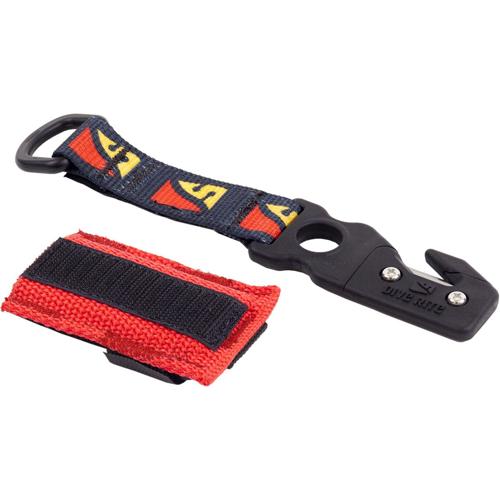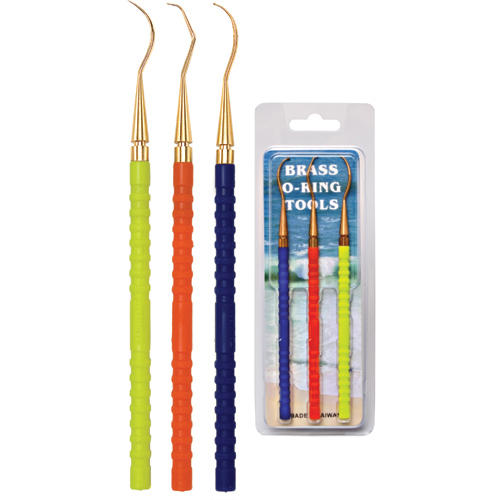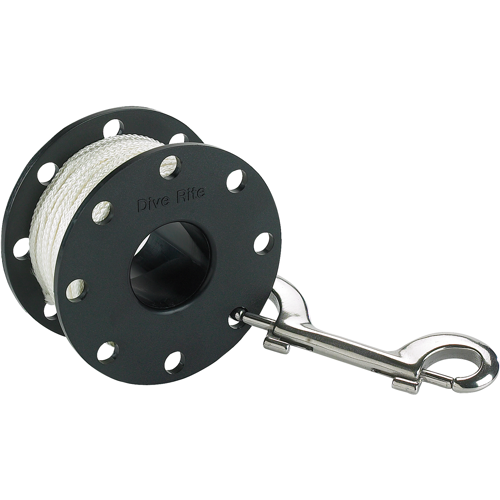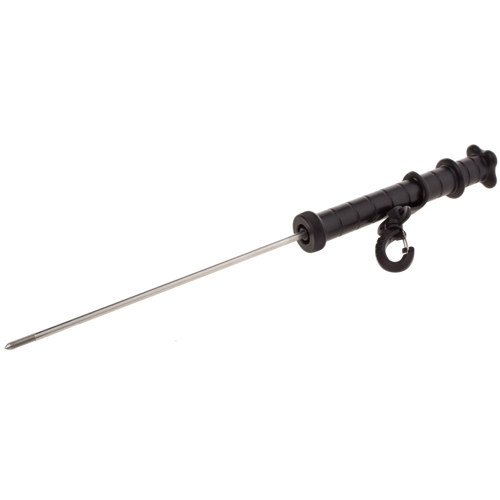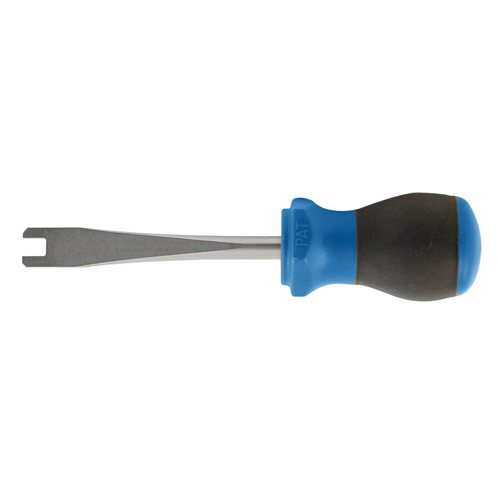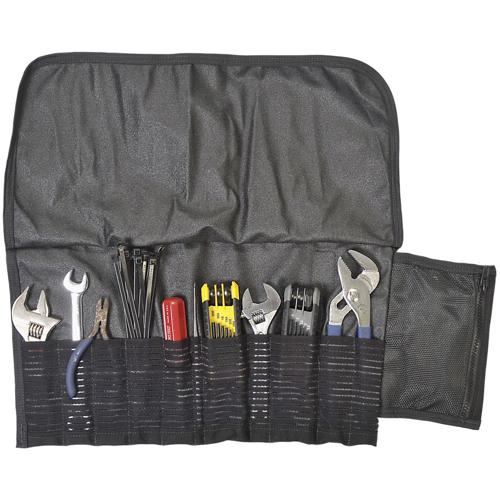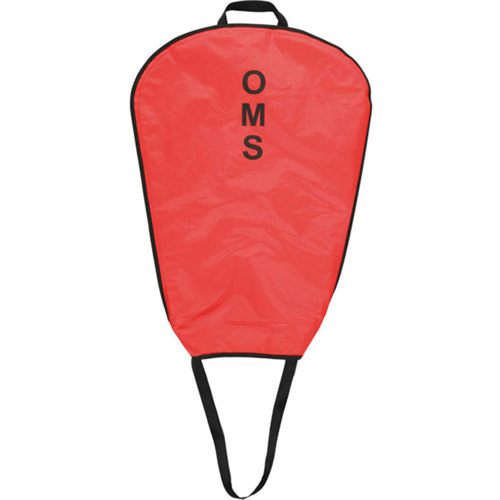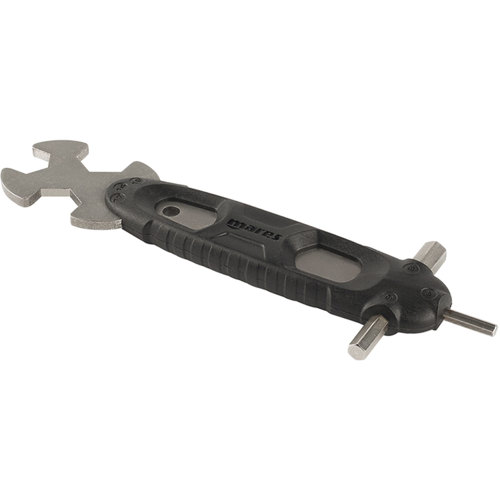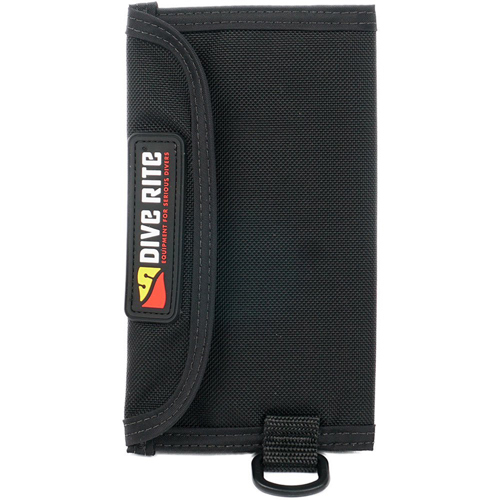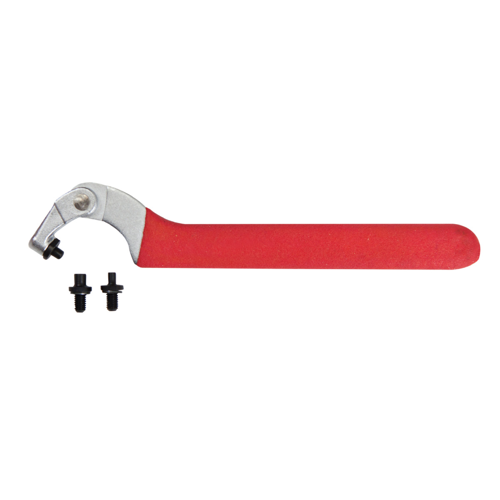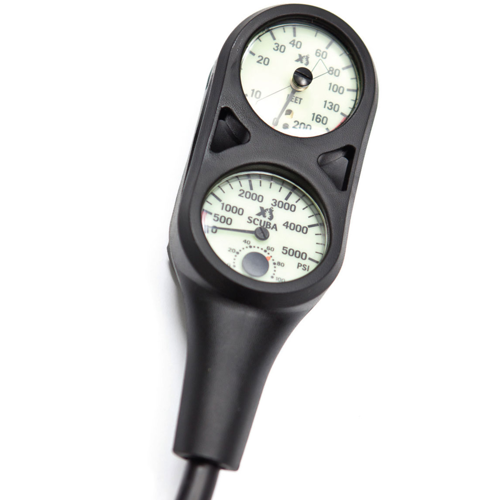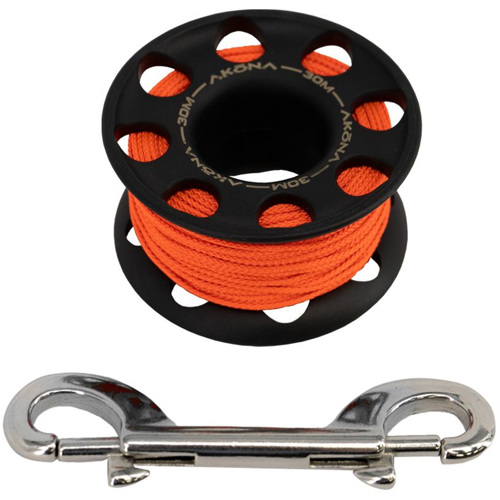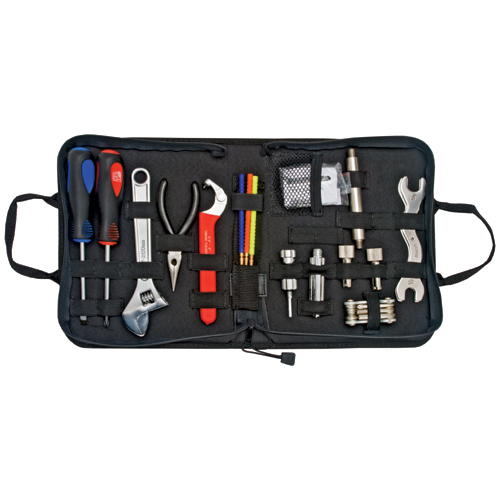For researchers venturing beneath the waves, the right dive tools are more than just equipment—they are the keys to unlocking the mysteries of the underwater world. Whether conducting marine biology surveys, mapping coral reefs, or collecting geological samples, specialized diving tools enable scientists to work efficiently and safely in challenging environments. The essentials start with high-quality masks and snorkels for clear vision and comfortable surface breathing, paired with fins designed for powerful propulsion and precise maneuvering in currents or confined spaces. A well-fitted buoyancy compensator (BCD) and a reliable regulator are critical for maintaining neutral buoyancy and delivering breathable air at variable depths, while durable air tanks and carefully calibrated weights ensure researchers can remain submerged for extended periods without unnecessary fatigue.
Advanced dive tools are often tailored to the unique demands of scientific research. Dive computers, for example, are indispensable for tracking depth, dive time, and gas consumption, helping to plan safe ascents and avoid decompression sickness during repetitive dives or complex fieldwork. Waterproof slates, underwater notebooks, and magnetic writing boards allow researchers to record observations, sketch transects, or log specimen data in real time, even in low-visibility conditions. Measuring sticks, reels, and calibrated tapes are used to document the size of marine organisms or map out survey grids with precision. For those documenting changes in ecosystems or cataloging species, underwater cameras—both still and video—capture vivid imagery that can be analyzed and shared long after the dive is complete. When research takes divers beyond recreational limits, mixed gas systems like Nitrox or Trimix, as well as rebreathers, enable longer bottom times and deeper exploration, expanding the boundaries of scientific discovery.
Seasonal considerations also play a role in selecting dive tools for researchers. With October marking the transition to cooler water temperatures in many regions, thermal protection becomes vital. Exposure suits, gloves, and hoods safeguard against hypothermia and allow for comfortable work during lengthy autumn surveys or late-season expeditions. As technology continues to evolve, remotely operated vehicles (ROVs), submersibles, and wave gliders are increasingly part of the research toolkit, enabling data collection in hazardous or inaccessible locations. SONAR devices provide detailed seafloor mapping, while autonomous vehicles gather long-term oceanographic data powered by solar and wave energy. These innovations not only extend the reach of human divers but also open new avenues for research in deep and remote environments. Dive tools make thoughtful gifts for aspiring marine scientists, graduate students embarking on fieldwork, or seasoned professionals upgrading their kit for the next big project. For those interested in learning more about specialized gear for teaching and supervising underwater activities, our dedicated page on
Diving Tools For Instructors offers additional insights and recommendations. Equipping researchers with the right tools is essential for advancing our understanding of marine ecosystems and ensuring every dive yields valuable data for science and conservation.

